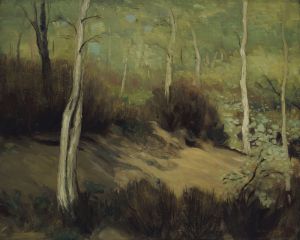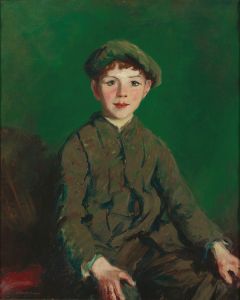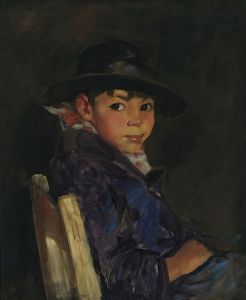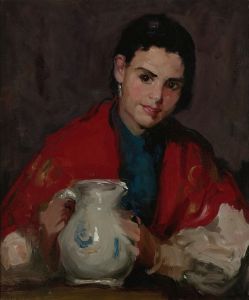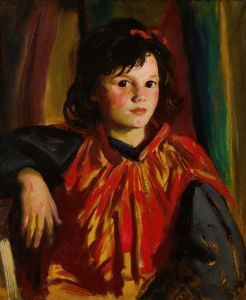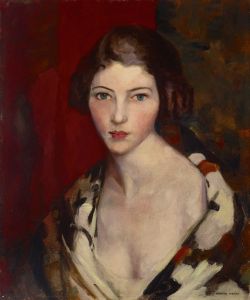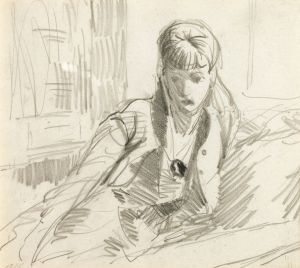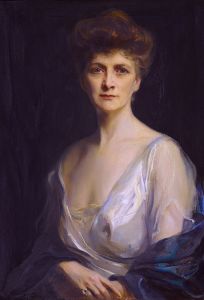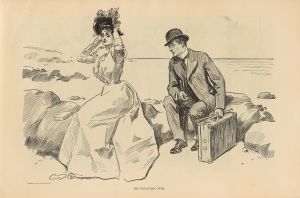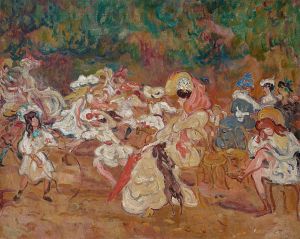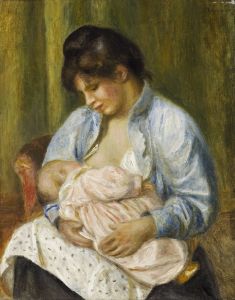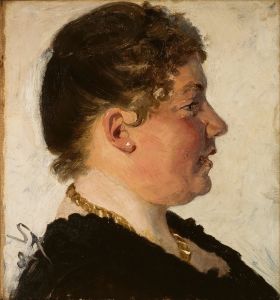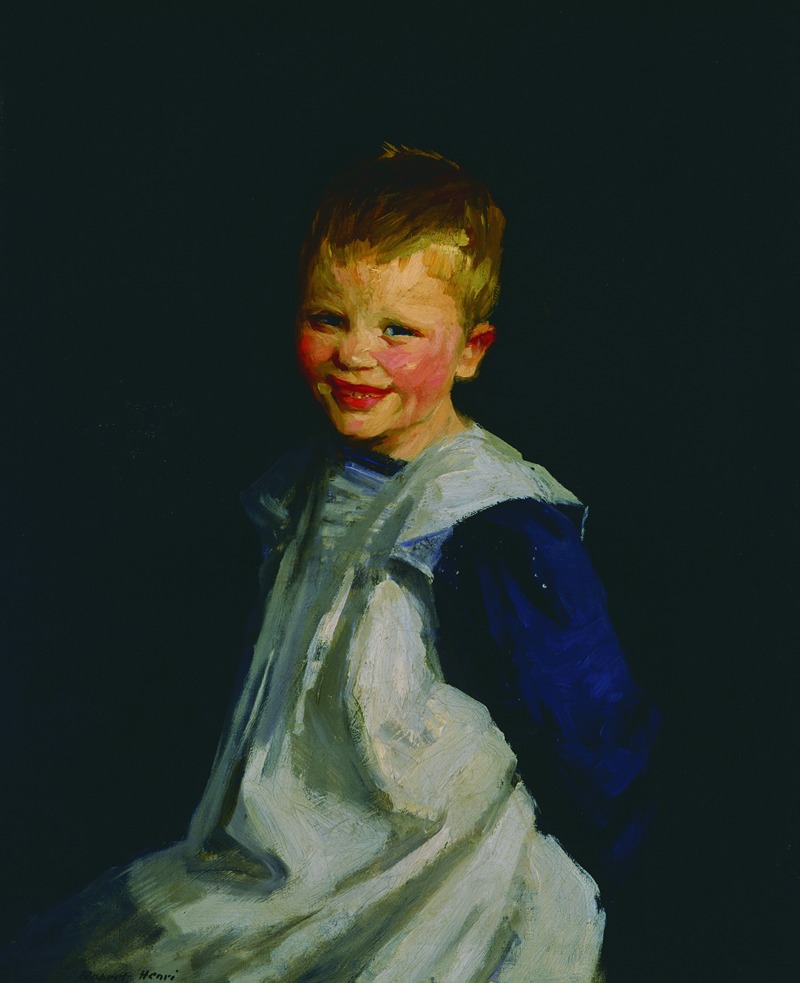
Dutch Girl Laughing
A hand-painted replica of Robert Henri’s masterpiece Dutch Girl Laughing, meticulously crafted by professional artists to capture the true essence of the original. Each piece is created with museum-quality canvas and rare mineral pigments, carefully painted by experienced artists with delicate brushstrokes and rich, layered colors to perfectly recreate the texture of the original artwork. Unlike machine-printed reproductions, this hand-painted version brings the painting to life, infused with the artist’s emotions and skill in every stroke. Whether for personal collection or home decoration, it instantly elevates the artistic atmosphere of any space.
"Dutch Girl Laughing" is a painting by the American artist Robert Henri, completed in 1907. Robert Henri was a leading figure in the Ashcan School, a movement known for its focus on portraying everyday life in New York City during the early 20th century. Henri's work often emphasized realism and the depiction of ordinary people, capturing their emotions and personalities with vivid detail.
The painting "Dutch Girl Laughing" is a portrait of a young girl, characterized by her joyful expression and lively demeanor. Henri was known for his ability to capture the essence of his subjects, and this painting is a testament to his skill in portraying the human spirit. The girl's laughter is infectious, and her expression is rendered with a sense of immediacy and vitality that draws the viewer in.
Henri's use of color and brushwork in "Dutch Girl Laughing" is notable. He employs a vibrant palette, with warm tones that highlight the girl's complexion and the texture of her clothing. The background is kept relatively simple, ensuring that the focus remains on the girl's expressive face. Henri's brushstrokes are loose and fluid, contributing to the overall sense of movement and life in the painting.
The painting reflects Henri's interest in capturing the individuality and character of his subjects. He often painted portraits of children and young people, whom he believed possessed an unfiltered and genuine quality that was often lost in adulthood. "Dutch Girl Laughing" exemplifies this belief, as the girl's laughter seems spontaneous and unguarded.
Robert Henri was deeply influenced by his travels in Europe, particularly in the Netherlands, where he was inspired by the works of the Dutch Old Masters. This influence is evident in "Dutch Girl Laughing," not only in the subject matter but also in the attention to detail and the emphasis on capturing the personality of the sitter.
"Dutch Girl Laughing" is part of Henri's broader body of work that sought to democratize art by focusing on everyday subjects and scenes. His approach was a departure from the more formal and academic styles that dominated the art world at the time. Henri's work, including this painting, played a significant role in shaping American art in the early 20th century, encouraging a move towards realism and social relevance.
Today, "Dutch Girl Laughing" is appreciated for its artistic merit and its representation of Henri's philosophy and style. The painting continues to be studied and admired for its technical execution and its ability to convey emotion and character. It remains an important example of Henri's contribution to American art and his legacy as a painter who celebrated the beauty and complexity of everyday life.





